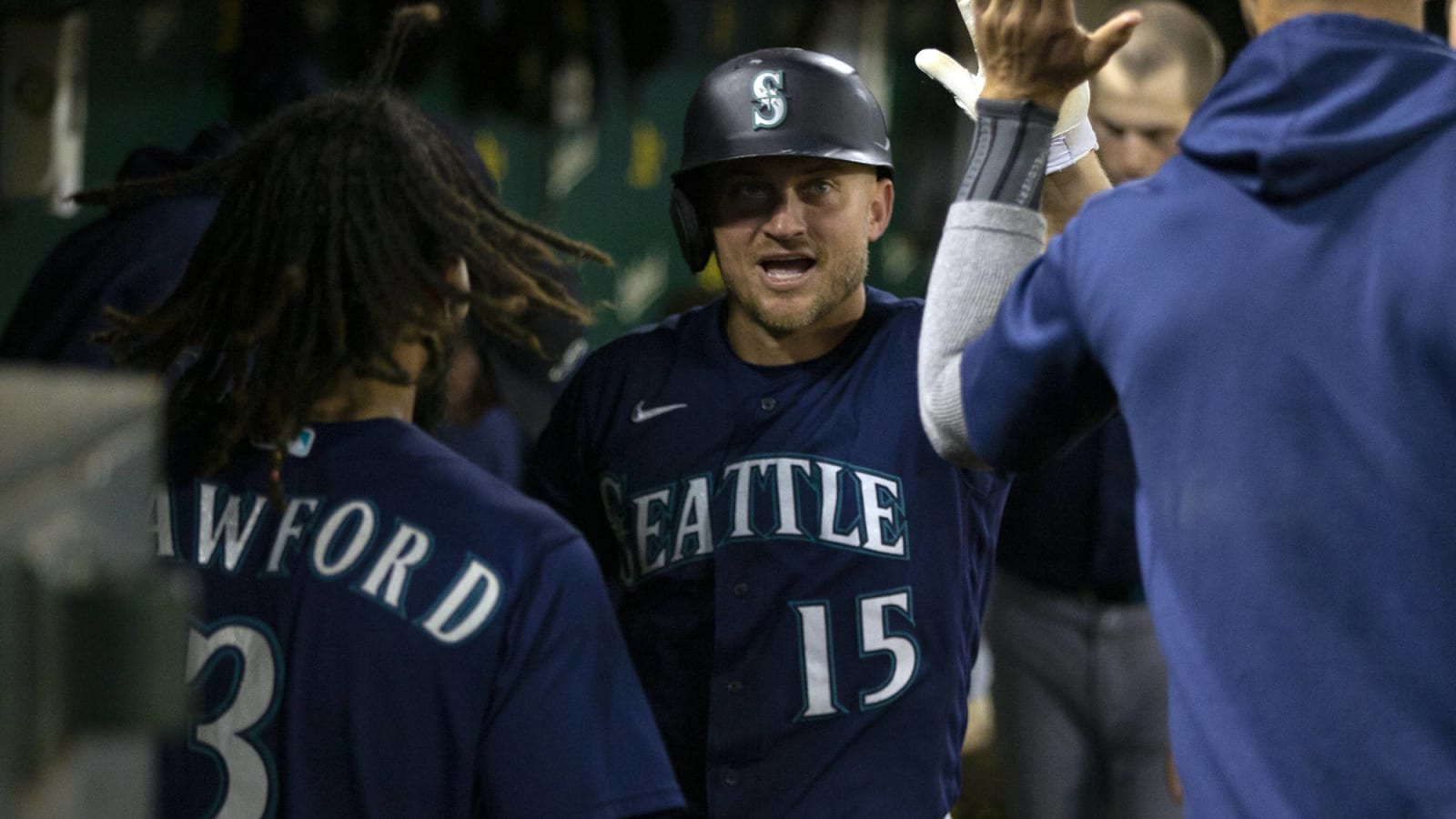
The Mariners’ playoff push came up a couple games short, as the club dropped their final series of the year against the Angels to fall out of the Wild Card race. While some underlying indicators suggest the club was fortunate to finish 90-72 — they were outscored by 51 runs despite finishing eighteen games over .500 — it’s clear the focus is on contention moving forward. A few of Seattle’s top young talents have already gotten their feet wet in the big leagues, and more (including Julio Rodriguez, George Kirby and Emerson Hancock) aren’t far behind.
On top of that young base, the M’s have a wide open payroll outlook. In the estimation of Roster Resource’s Jason Martinez, the Mariners enter the upcoming offseason with just $19.2M in guaranteed contracts on the books for 2022. Assuming the club declines a four-year, $66M package deal of team options on Yusei Kikuchi, the southpaw would have the right to exercise a $13M player option. Even if Kikuchi returns on his option, that’d leave the Mariners with just north of $32M in guaranteed commitments entering the winter.
Their first tough offseason call will be whether to bring franchise cornerstone Kyle Seager back into the fold. The club holds a $20M option on Seager’s services for 2022. That comes with a $2M buyout, meaning it’ll be a net $18M call for the front office. That raises the possibility that yesterday’s game was Seager’s final as a Mariner, and manager Scott Servais removed him from the game during the top of the ninth inning (once the Red Sox won and had officially eliminated Seattle from playoff contention) to give fans at T-Mobile Park an opportunity to show their appreciation for Seager’s time in the organization.
For his part, Seager told Ryan Divish of the Seattle Times he hasn’t heard from the front office about the status of his option. In something of an eyebrow-raising comment, the veteran third baseman added he hasn’t spoken with president of baseball operations Jerry Dipoto “in years, probably four years. We don’t communicate at all. Not even passing by in the hall. If he spoke to my agent or anything like that, I haven’t heard anything.”
“It’s a weird spot to be in,” Seager elaborated (via Divish). “You kind of want to know, but unfortunately it’s out of our control. He’s not obligated or anything to tell me one way or the other. You have to prepare like you’re not going to be here. The writing’s been on the wall for a while. There’s nobody left from when I first got here. That’s not uncommon with a regime change. You bring in your own guys. You do your own thing.”
Reading between the lines, Seager’s comments would seem to suggest he’s anticipating the team buying his option out. Given Seager’s respected status in the organization and among the fan base, it’s surprising to hear his relationship with Dipoto is almost non-existent. Still, Dipoto and his staff need not have a strong personal connection with Seager to judge picking up his option a worthy investment.
Seager has consistently been an above-average player on both sides of the ball throughout his career. He had an atypical 2021 season, posting a career-worst .212 batting average and his second-lowest on-base percentage (.285). But he also popped 35 home runs, a personal-best tally that tied him for seventeenth in MLB. Seager’s overall .212/.285/.438 line checked in at almost exactly league average by measure of wRC+, after accounting for Seattle’s pitcher-friendly home ballpark.
It was a similarly confounding year for Seager on the defensive side of the ball. Advanced metrics were split on his work, with Ultimate Zone Rating and Statcast’s Outs Above Average pegging him as a bit above-average, while Defensive Runs Saved thought he was a little below par. He’s generally well-regarded with the glove and has posted strong defensive marks in the past, so it’d probably be fair to project Seager as an average or slightly above-average player at the hot corner in 2022.
A player who’s a tick above-average at all facets of the game certainly carries value, even if many teams wouldn’t jump to pay $18MM for that level of production. Seager, however, means a lot to the fanbase (as yesterday’s on-field celebration showed) and to many in that clubhouse. Shortstop J.P. Crawford teared up following yesterday’s game when speaking about Seager’s influence on him (video via Jomboy Media). Crawford’s only one player, of course, but it seems likely others in the clubhouse feel similarly connected to Seager, the franchise’s longest-tenured active player.
For a franchise with as clean a payroll outlook as the Mariners’, a case can be made for exercising Seager’s option, even if it seems a bit pricey on first glance. The club does have Abraham Toro as a potential in-house replacement at the hot corner, though. Toro came up through the Astros’ system as a third base prospect; the M’s moved him primarily to second base after acquiring him at the trade deadline, but the front office could slide Toro back to his natural position were they to buy Seager out. Doing so would require pursuing an upgrade at second base during a year in which the free agent options at the position are fairly weak, but Dipoto has already hinted at the possibility of an active offseason.
More must-reads:
- Ryan Zimmerman undecided on future, but Nationals would welcome him back
- Babe Ruth: Career retrospective
- The 'MLB player name riddles' quiz
Breaking News
Customize Your Newsletter
 +
+
Get the latest news and rumors, customized to your favorite sports and teams. Emailed daily. Always free!

